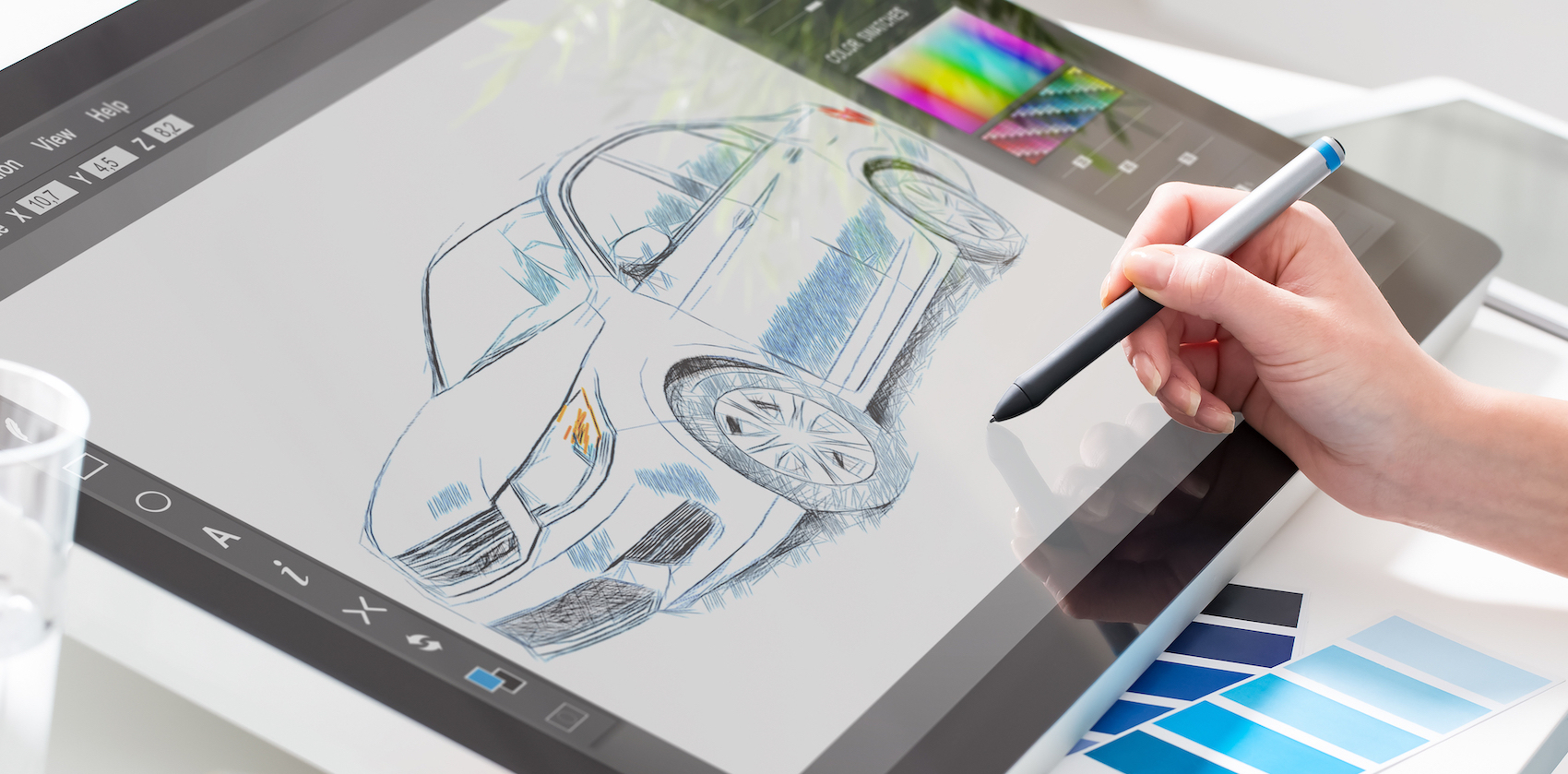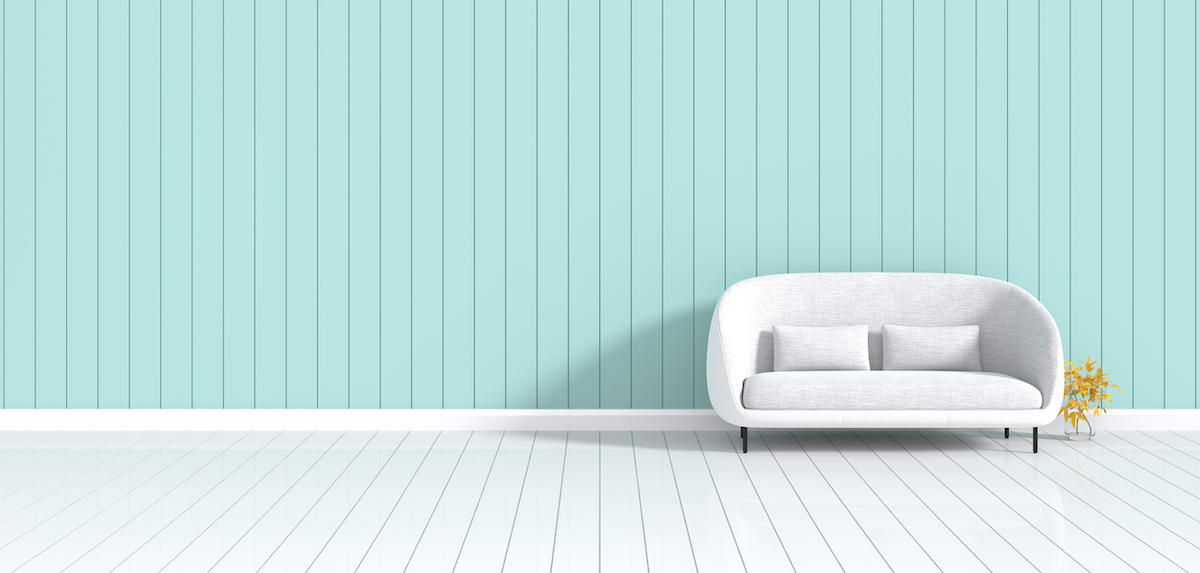12 things you may not know about graphic design
Graphic design is one of the most misunderstood disciplines in the digital and creative media world. We spoke to some of CU’s resident designers to get the inside secrets. Fancy yourself as an amateur, current or future professional? These are the things you may not know about graphic design.
1) Software shortcuts
Shortcuts will always be the most underrated skill learnt by any designer. They can make the crucial difference to your workflow to help meet short deadlines. Often, designers can look like they are playing the piano, but it’s really just the flow of good shortcuts.
2) Beg and borrow
The history of art and design teaches you that developments and evolutions in design tend to be inspired by previous work. Borrowing and merging styles is a common way to create fresh ideas.
For example, the controversial London 2012 Olympic Games logo has been compared to a child’s cut-outs or Lisa Simpson, but also draws from Picasso and Braque’s cubism.
3) Graphics tablet
Designers often have different equipment to the average person with a laptop and graphic software. Graphics tablets and styluses are a favourite for illustrators and can even replace the classic computer mouse. Monitor calibrators and pantone swatches are also used to help ensure colours are the perfect match.
4) Fonts
We aren’t going to wade into debates about Comic Sans, Times New Roman or Wingdings. But there’s a lot more to words than you might expect in the graphic design world. For starters, there’s a difference between a font and a typeface. A typeface might be Helvetica, but it’s made up of many different fonts with different sizes, weights and italicised and bold options.
5) Typography
You’ve then got to figure out the typography, which is a curious combination of art and science in itself. Where do words appear on a design? Together or apart? Readable or obscure? How do you adjust the technical spacing between letters, words and lines (known as kerning, tracking and leading) to create an effect?
6) Colour
Design is about expressing emotions of all kinds and colour is one of the most important ways of doing it effectively. Colour psychology has been used to great effect in fast food psychology with yellow and oranges used to stimulate hunger, red helps encourage speed, green reassures with a healthy, natural feeling and blue is used to discourage eating in weight loss brands.
There’s also a whole technical vocabulary that underpins design. Research monochromatic, analogous, complimentary and triadic colour schemes to enter the fascinating world of colour theory.
7) Less is more
In design, like in many other creative spheres, less is more. Often, designers find that taking away clutter can help make designs even more impactful.
Next time you pass some billboards, see which ones catch your eye. They are likely to be the simpler ones, rather than those stuffed with text, images and information. Blank space is a powerful tool to actively use.
8) Grids
Grid systems are another graphic design secret. Using a grid allows you to position your images and text to allow them to be processed by the eye in a particular way. One of the first jobs of a designer is to map out the direction of the design.
9) Stereotypes
Most professions tend to have stereotypes and graphic design has gained its own reputation. One of these is that they are all messy, untidy, bearded hipsters that drink unusual lattes before rolling up their sleeves to get down to drawing. Of course, they actually come in all shapes, sizes and personalities – men and women doing incredibly creative things.
There is also an incredibly social community of designers across the world. For example, every October, artists and designers take on the Inktober challenge by drawing something each day for the whole month
10) Average salary
You may not know that the average salary of a Graphic Designer in London is around £29,000 according to Glassdoor. It’s an exciting career that allows you to use a range of media skills. The Digital Design Consultancy course at CU Coventry allows you to learn design alongside essential media, web and business skills.
11) Stock photos
If you’re a designer, you will start to see popular stock photos crop up everywhere. Many organisations, both high and low profile use them. The trick is to learn what works well, and not use the amateur, or even disturbing stock photo libraries.
12) Shapes
If you’re an average office worker faced with the challenge of putting a design together, you will probably stick with the time-tested box.
However, shape is a complex part of design. Like textures, shapes come in geometric and organic forms.
Geometric shapes are made by humans and are mathematic derived such as squares and circles. Organic shapes are found in nature. While it’s theorised that they are sometimes also based on mathematical principles, they tend to be less uniform and more curvilinear (or just curvy in non-design speak).
Shape can also affect the balance of a composition. Do you want your design to be symmetrical, based on a radial flow or defy expectations with something asymmetrical?
Graphic design is a skilled profession that relies on a detailed knowledge of technical principles. These are underpinned by a creative drive for quality, detail and innovation. It has many misconceptions and it’s not something anyone can do without training and practice.
What other graphic design facts do you think we should add to the list? Comment on our blog post or on social media to tell us more.


